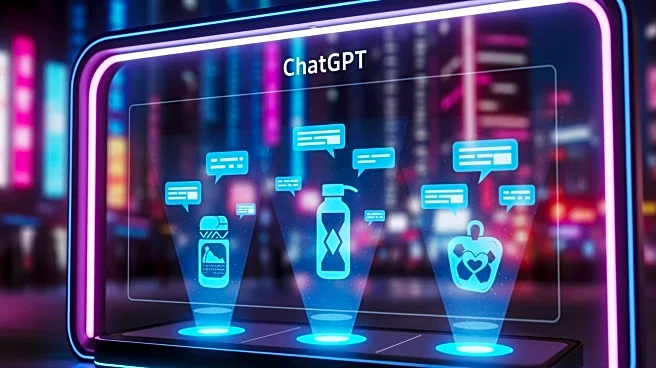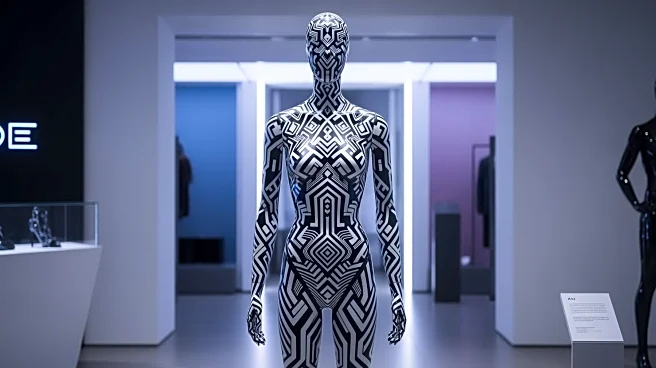What's Happening?
A recent survey conducted by Empower reveals that Gen Z and millennials are leading the charge in Halloween spending, despite inflationary pressures. The study, which polled 2,000 Americans, found that Halloween is considered one of the costliest holidays,
with the average American planning to spend $296 on candy, costumes, decor, and entertainment. However, younger generations are expected to spend nearly double, with millennials averaging $522 and Gen Z averaging $435. Rising chocolate prices are influencing candy distribution, and many are opting for cost-saving measures such as reusing costumes or shopping at thrift stores. Additionally, a significant portion of Gen Z and millennials are utilizing AI to find deals and generate costume ideas.
Why It's Important?
The spending habits of Gen Z and millennials during Halloween reflect broader economic trends and consumer behavior. Despite inflation, these demographics prioritize experiences and social activities, indicating a shift in spending priorities. This trend could impact industries related to entertainment, travel, and retail, as businesses may need to adapt to the preferences of younger consumers. The use of AI for shopping and planning also highlights the growing integration of technology in consumer decision-making processes, potentially influencing marketing strategies and retail operations.
What's Next?
As Halloween approaches, retailers and businesses may focus on targeting Gen Z and millennials with tailored marketing strategies that emphasize experiences and cost-saving options. The continued rise in chocolate prices and other inflationary pressures could lead to further adjustments in consumer spending habits. Additionally, the use of AI in shopping and planning may become more prevalent, prompting businesses to enhance their digital offerings and leverage technology to attract tech-savvy consumers.
Beyond the Headlines
The emphasis on experiences over material goods during Halloween by younger generations may signal a cultural shift towards valuing social interactions and memories. This could have long-term implications for industries focused on experiential offerings, such as travel and entertainment. Furthermore, the pressure on parents to spend more on Halloween could reflect broader societal expectations and norms, potentially influencing family dynamics and consumer behavior.













